Amid much of Paul César Helleu’s lifetime he was famous on both sides of the Atlantic. His artistry was praised by fellow impressionist painters Manet, Monet and Renoir. Yet, his name, it seems, is less widely known to the public today.
Helleu was an exceptional oil painter, a skilled draftsman adept in pastel and maestro of drypoint. He was an influential part of the Impressionist movement, who created many still lifes, landscapes and portraits, most famously of beautiful society women of the Belle Époque.
Born 1859 in Vannes, Brittany, France. Helleu went to Paris to begin his academic training in art. At age 16, he was admitted to the École des Beaux-Arts where he studied with Jean-Léon Gérôme. Attending an Impressionist exhibition he met artist John Singer Sargent, James McNeill Whistler, and Claude Monet for the first time. The showcased works were modern, employing the bold alla prima technique. All of which made a lasting impact on Helleu.
After graduating, in order to make some money, Helleu started working for Théodore Deck hand-painting fine decorative plates. All the while Helleu was becoming more and more discourage. He had not sold a single painting and was on the verge of abandoning his studies. Upon hearing this, his now close friend, John Singer Sargent went to Helleu, priased his techniques and bought a one of his pieces for a thousand-franc note.
In typical artist fashion, after being commissioned to paint a young socialite named Alice Guèrin, Helleu feel in love with her and two years later they were married. They became part of French social elites, and Guèrin would introduce Helleu to many aristocratic circles of Paris.
In 1885, on a trip to London, Helleu was introduction to James Jacques Tissot. This meeting opened up Helleu’s eyes to the possibilities of drypoint etching with a diamond point stylus directly on a copper plate. Embracing this technique wholly, Helleu would apply his same dynamic pastel style to his etching. His prints were very popular, with the advantage to create several proofs, people would often give them to friends and relatives as gifts. Over the course of his career, Helleu produced more than 2,000 drypoint prints.
Reaching a celebrated status internationally, in 1904 he was awarded France’s highest decoration, the Légion d’honneur. On top of this recognition he was also made an honorary member of the Société Nationale des Beaux-Arts.
In 1920 Helleu exhibited his work in New York City, but the experience brought a sudden realization for him that the Belle Époque was over. Helleu felt that his had lost touch and after his return to France he destroyed nearly all of his copper plates. However, a few years later he started planning a new exhibition with Jean-Louis Forain. Sadly the exhibition never came to fruition when in 1927 Helleu died.
There is a few places you can find out more about Paul César Helleu, a nice collection of his work and more information can be found here and here. There is also a beautiful book of his work by Frederique de Watrigant both in English and French.

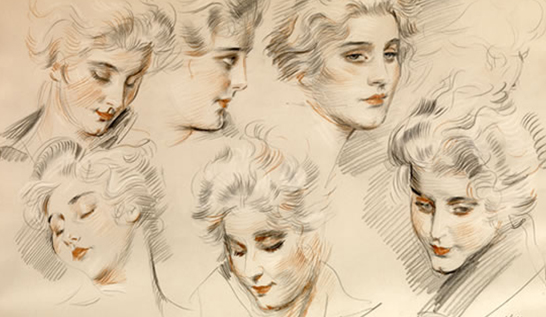
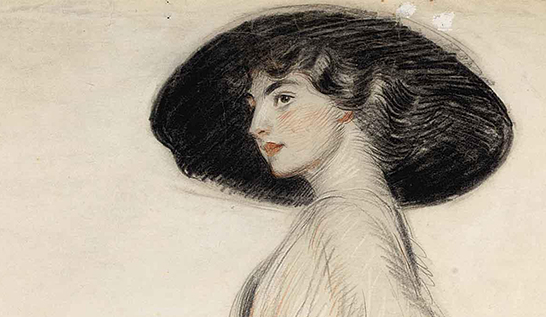
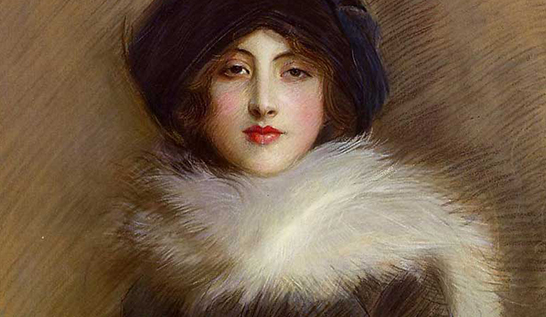


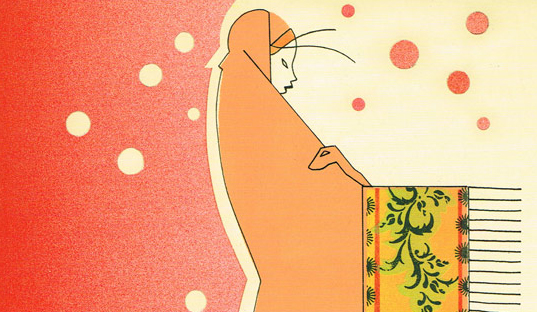


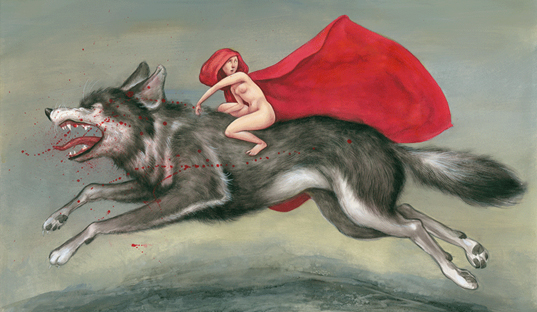


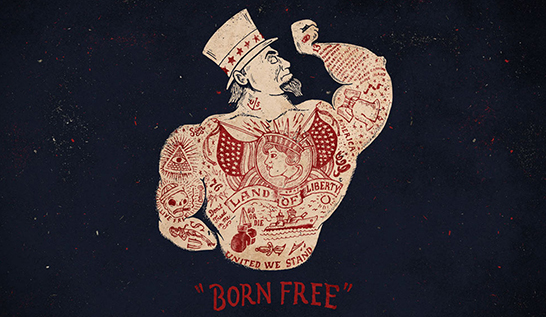

Warning: Undefined variable $required_text in /home/lounge/public_html/wp-content/themes/plume/comments.php on line 124